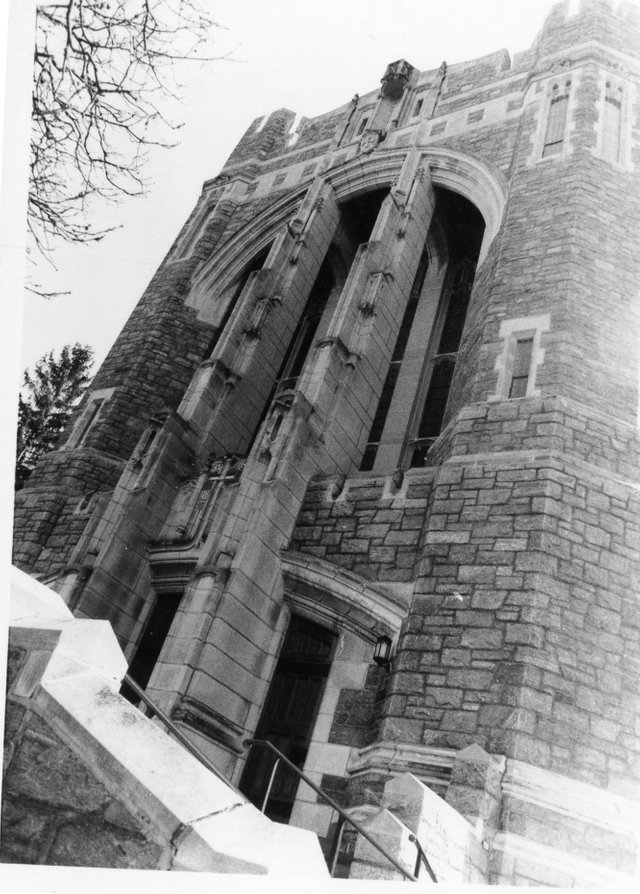B&W Film Photography (Part 2): Contrast
Introduction:
This is Part 2 of a three-part blog series. In case you missed Part 1, here it is: https://steemit.com/photography/@nevfalasion/b-and-w-film-photography-part-1-risk-and-reward
Everything written and seen here is created by me and I ask that you please kindly share anything you would like with proper due credit and of course, up vote if you love the blog.
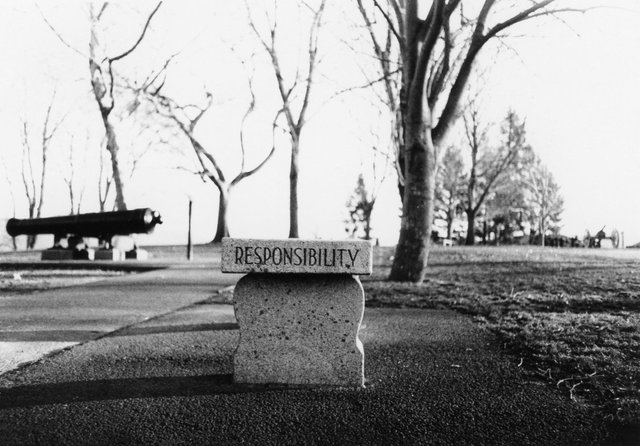
Disclaimer:
Film photography is my hobby and not my profession. I am by no means a professional and do not sell any of my work (though let me know if you think I should!). All photos were taken on a Nikon FM2 camera and developed by me then scanned digitally for use here. No photo has been digitally manipulated in any way and is as raw of an image as I can provide short of the physical film itself. My guiding philosophy in film photography is to present the photo in its raw form and learn from manual techniques that can produce desired effects via physical settings, filters and processing techniques.
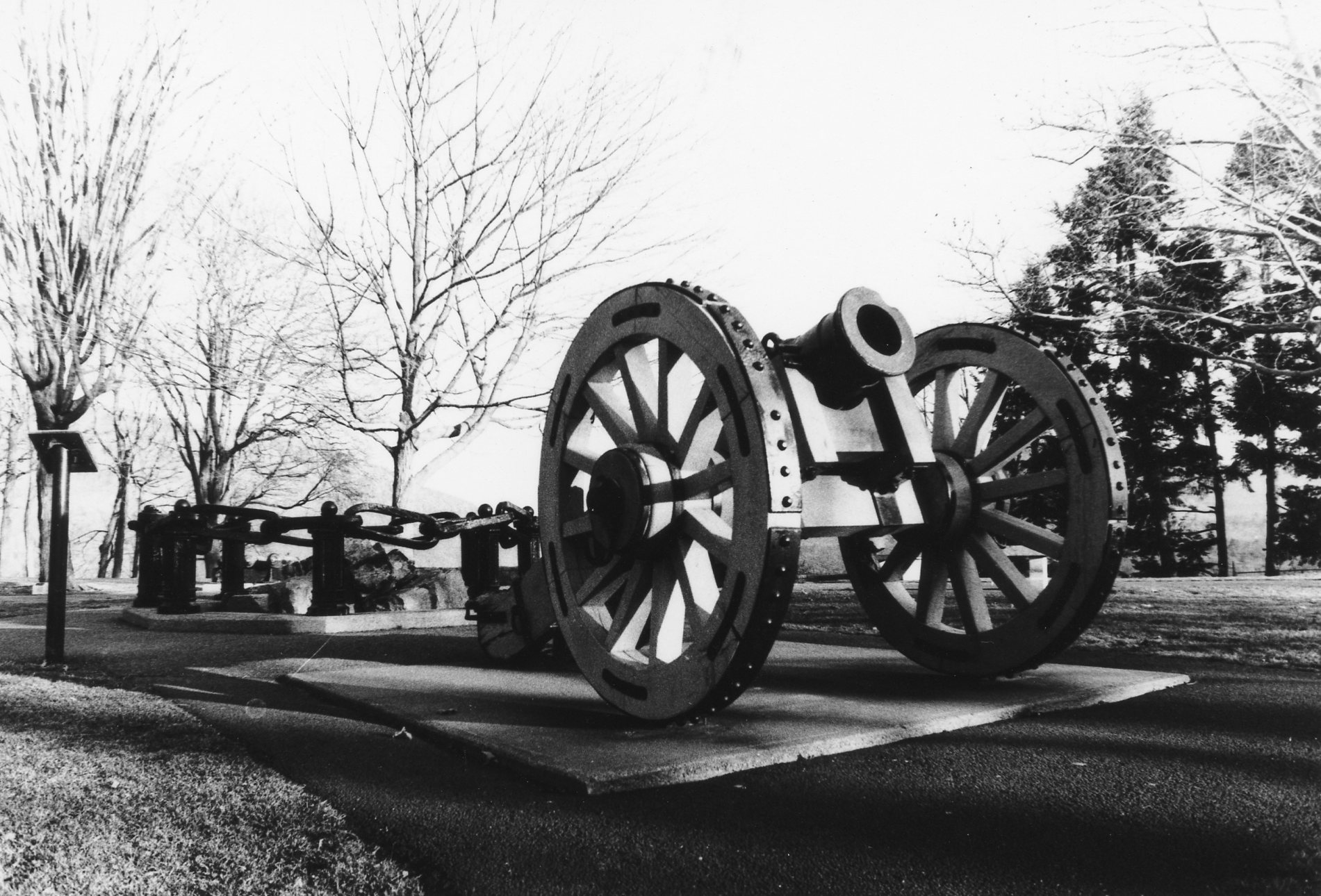
Part 2: Contrast
(Featuring photographs from my second roll of film: West Point Military Academy)
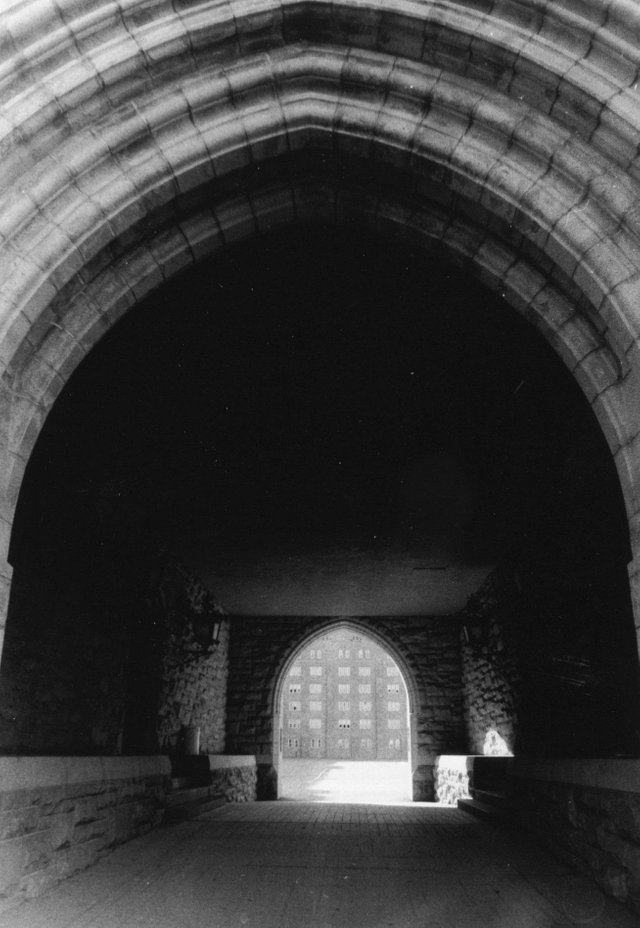
Some things in life really are black and white. And it all boils down to contrast. Just as producers of TVs and projectors battle over who has created the richest color or truest black, black and white film stands unparalleled in its production of high quality contrast. Try not to be mesmerized by a black and white film photograph of the sky or water. The value of contrast in a black and white photo is akin to the number of pixels in your digital camera and nothing comes close to the quality found in film.
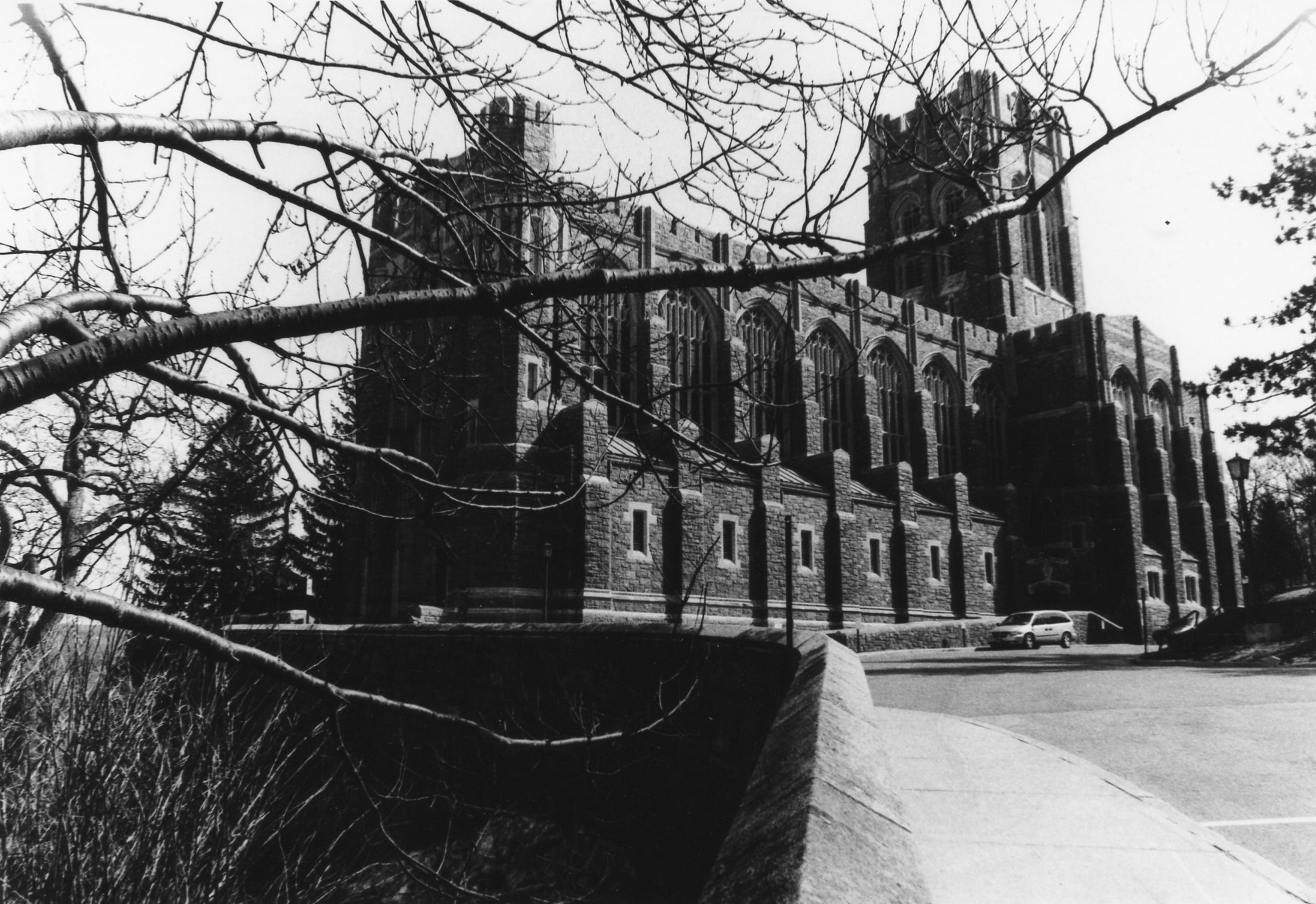
It is something that all manual shots make difficult: balancing the light and the dark while capturing the shadows in-between. Photos are often under or overexposed and usually filtered or edited after the fact; however, it is possible to get it right from the start. Light metering can be tricky, especially when the shot contains both intense light and desired features within the shadows. There are many techniques for balancing a photo and even photographers developing film can over or underexpose their photo paper to get richer contrast. When it all comes together and the photo was both captured and processed optimally, the contrast can be incredible.
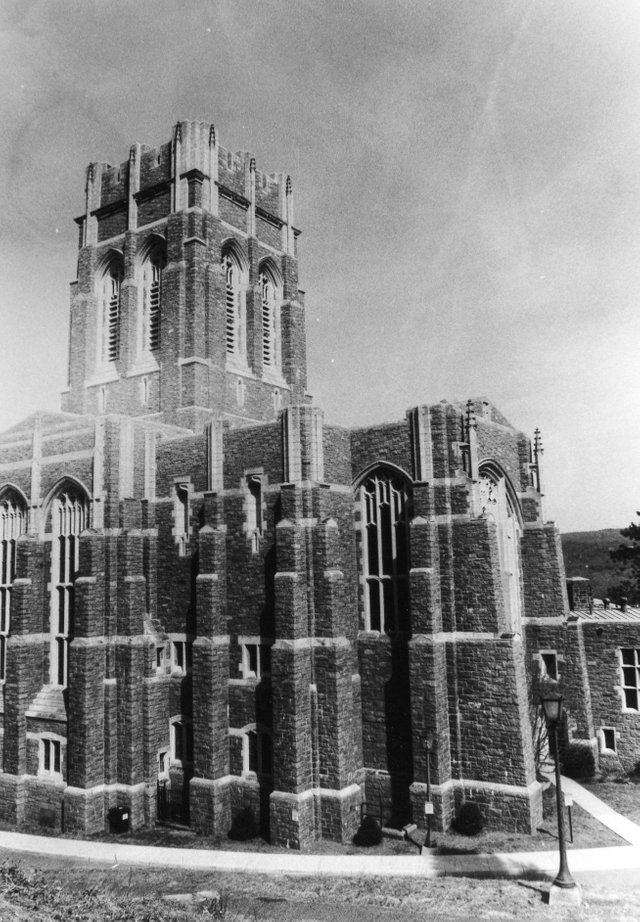
In fact, film photographers may actually have an advantage over digital photographers in the ability to manipulate the burning of an image on to photo paper. Though still limited to the quality of the photo taken, there is some control in altering the image afterwards. Assuming both film and digital photographers may use filters and photo editing software, the manipulation of developing the photo may actually be the key to film’s advantage over digital photography. One need only reference the overwhelming volume of Ansel Adams’ works to illustrate the power of contrast in black and white film.
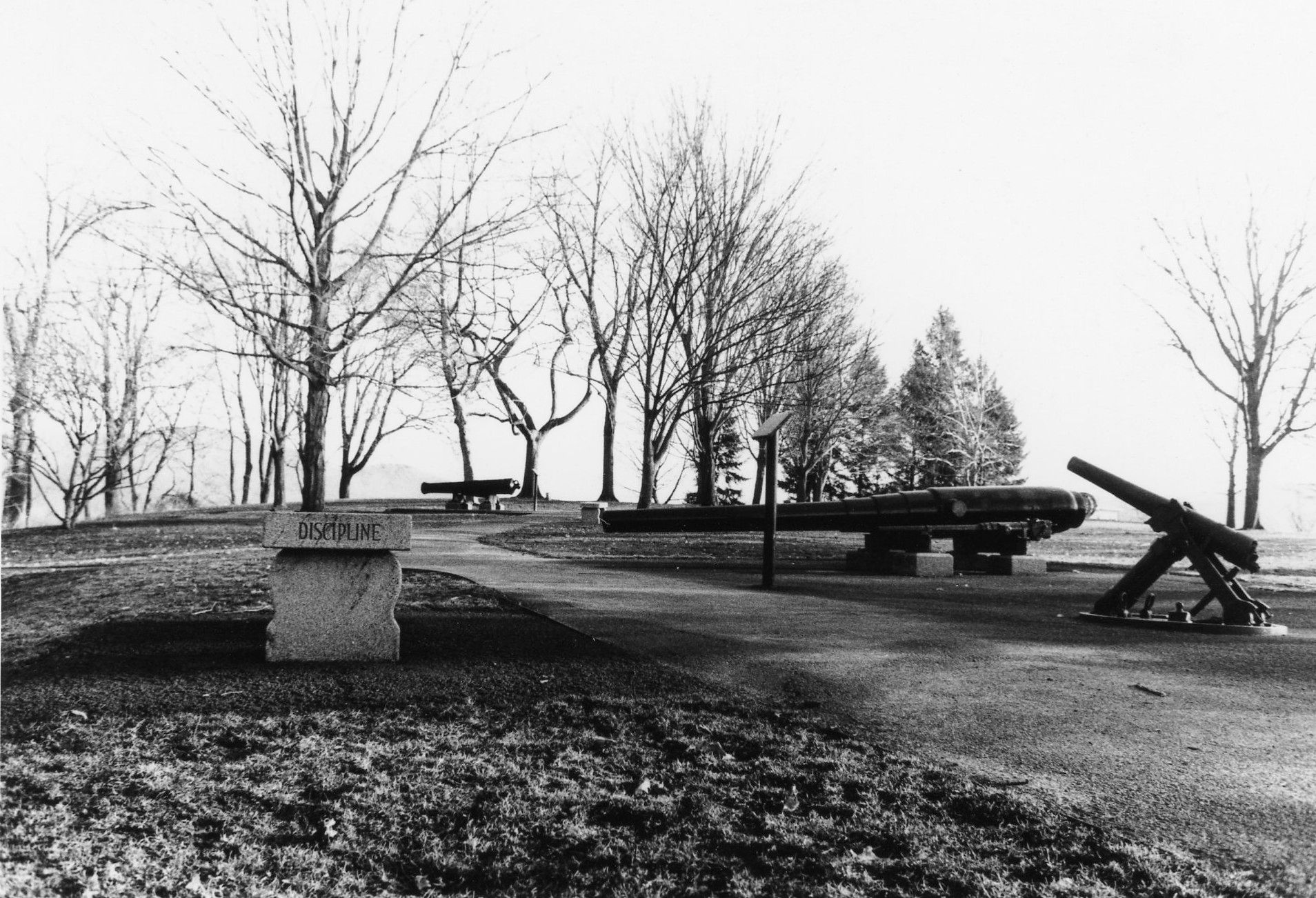
Contrast can also create texture and give a photo depth. This is another thing that I love about black and white film: good photos usually have incredible depth and texture. Some photos can have both a pure white and rich black while others create depth that seems to pull you into the image itself. Though I believe film’s truest value lies in landscape photography, there is much to be said about black and white portraits. The texture that can be seen in the wrinkles of an older person’s skin, the depths of the human eye and the things reflected in it as well as the shadows that can be created are not to be dismissed.

Please let me know what you think and if there are any fellow film photographers out there, please introduce yourself. Of course, also let me know if you enjoy the photos and stay tuned for Part 3.
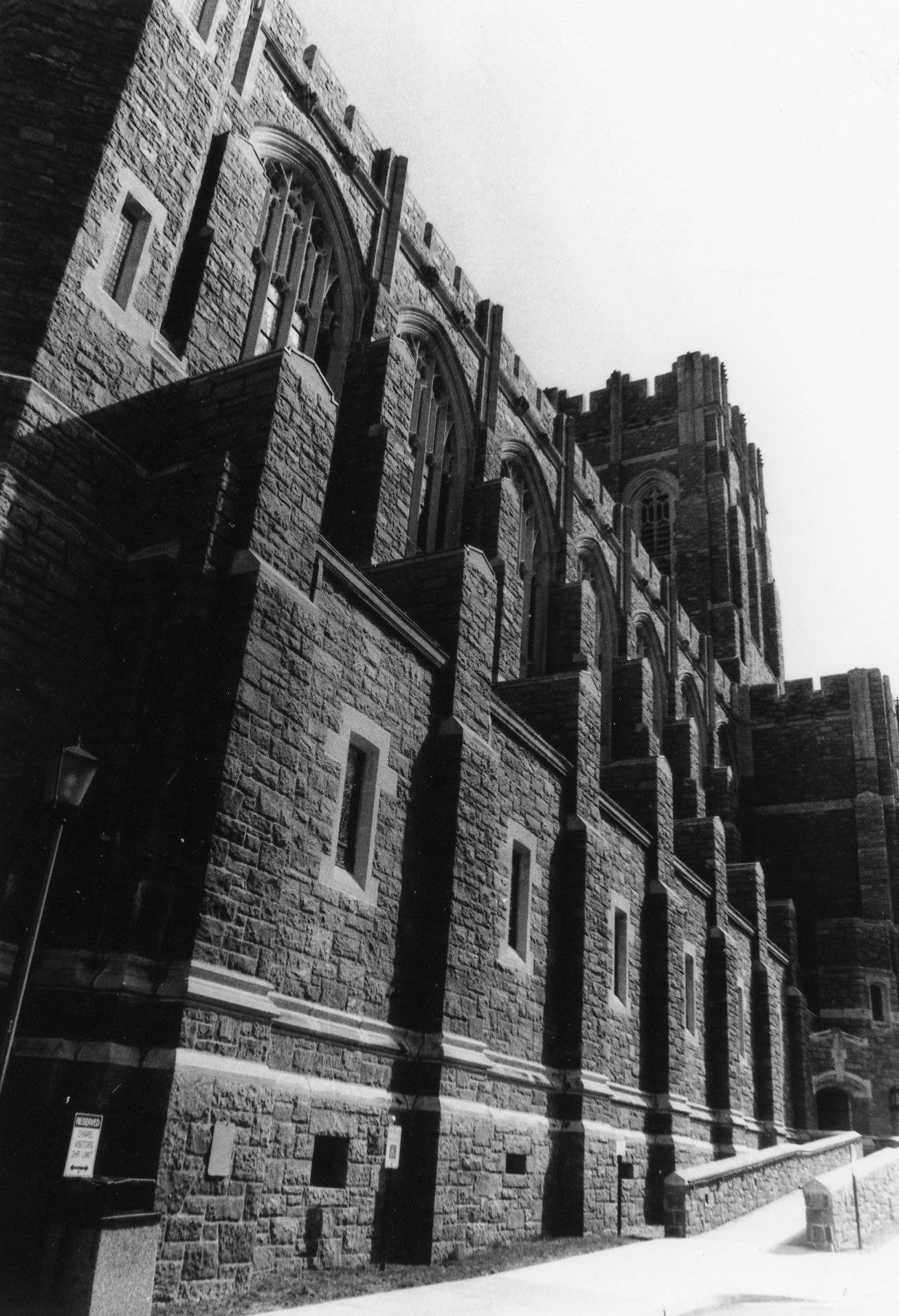
Best,
Christian
